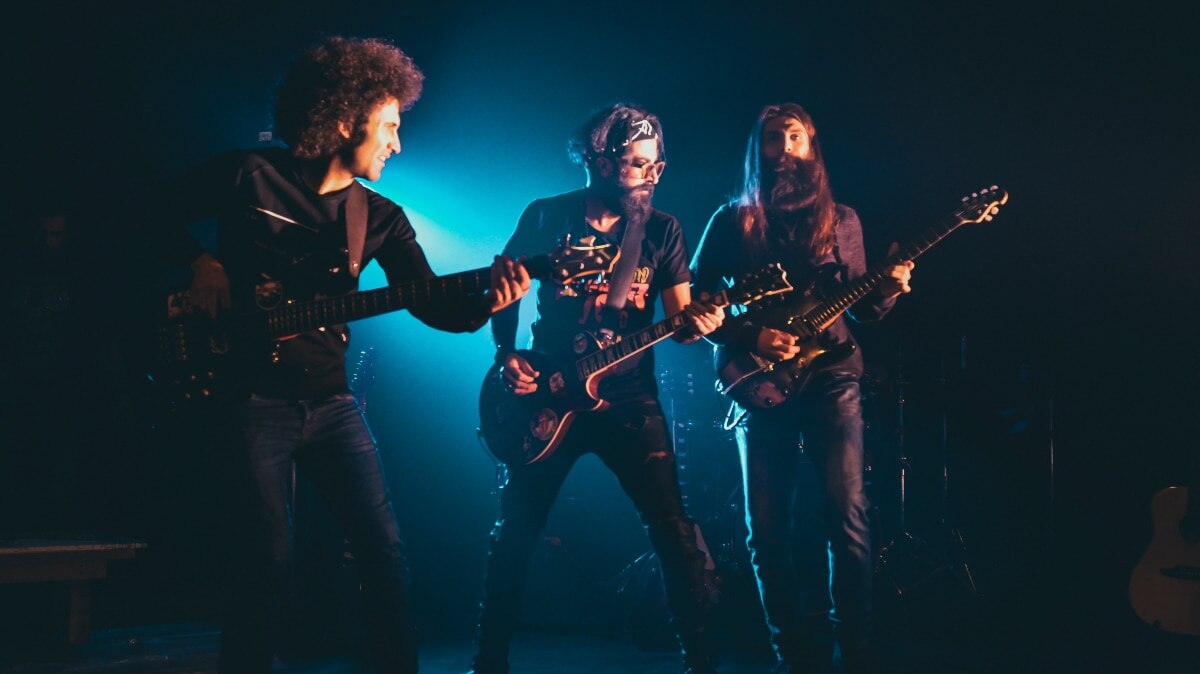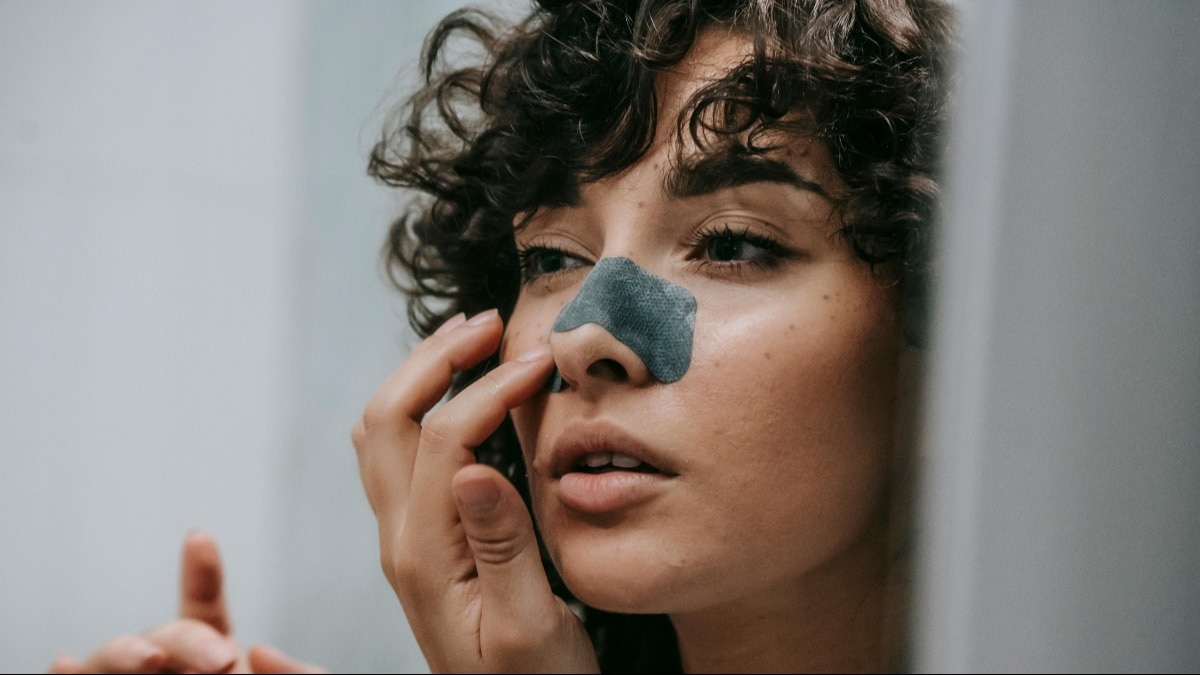
Billie Eilish, Taylor Swift, Kanye West, Rajakumari: Pop artists mark new artistic chapters with minimalism
Artistes are experimenting with fashion and visual art to produce work that is immediately eye-catching and absolutely radical.


In the world of pop, minimalism has become a signifier of maturity as musicians mark new artistic chapters with a sense of simplification, both sonic and aesthetic. We delve into why stripping away takes on new meanings in the age of maximalism.

Part of being an artiste, particularly a musician, is perpetual self-engineering. Creating and changing one’s image goes hand-in-hand with one’s music, how it’s marketed, what one experiences, and how he or she connects with the audience. The pandemic has pushed artistes to reinvent themselves in introspective ways from having to produce in isolation; and this has proved polarising as we get well into 2022. At a macro level, today seems like the time of maximalists, with the likes of Doja Cat, Lil Nas X, Megan Thee Stallion, and Dua Lipa topping the charts while donning the most outrageous and bombastic fashions in music videos, performances, and on the red carpet. At the micro level, though, it is the musicians doing the complete opposite who are standing out—with simplification becoming the modus operandi for making a mark in an oversaturated industry. Self-reflection, nostalgia, escapism, restoration, and timelessness are vital themes in pop’s most critically-acclaimed albums—accompanied by a preference for raw visuals, monochromatic colour palettes, and clean styling.

As the saying goes, less is more. Mid-2020, we had Taylor Swift’s critically-acclaimed Folklore—a far departure from her previously blatant pop music. She brought the cottagecore aesthetic to the forefront, perfect at a time when most of the world was stuck at home wearing comfy loungewear and buying less makeup. And earlier last year, we saw Billie Eilish washing out her trademark neon green roots and becoming a blonde bombshell. This transformation came full circle with the July 2021 release of her album Happier Than Ever, which introduced cleaner sounds, downtempo beats, and jazz influences—quite the antithesis to her previous upbeat, trap-heavy album When We Fall Asleep, Where Do We Go? (2019).
Last August, Lorde’s trademark songwriting shifted full gear into optimism in Solar Power (2021), after the maximalist Melodrama (2017). When she wrote, “you’re all going to see me disappear into the sun...” in the 2017 album, she really meant it. Her usual gothic fashion gave way to beaming, blinding looks for her 2021 release (think the bright-yellow, two-piece by Christopher Esber she wore for the title track’s music video).

Even rapper Raja Kumari, who has long championed the over-the-top, desi-meets-kitsch aesthetic in saturated brights and grand headgears, embraced a cleaner, monotoned style to promote her single Get In last December.

To simply call this phenomenon minimalism wouldn’t be quite accurate. In fact, it would be confusing, seeing that minimalism occurred separately in music and art from fashion. Today’s cultural zeitgeist is parallel to one at the dawn of the 20th century: Purism (1918 -1925), the art and architectural movement led by French painter and sculptor Amédée Ozenfant, and architect Le Corbusier. Born as a criticism of Cubism, Purism brought the focus back to the elementary with simplified forms, devoid of decoration, and an embracing of technology. Part of the Purism manifesto reads: “A serious art must banish all techniques not faithful to the real value of the conception." The principle is applicable in music—to be taken seriously, to express authority, clarity, and to go back to the roots, one must rid unnecessary ornamentation. This is how great works have stood the test of time: By getting to the core.

Musicians such as Kanye West understand this—back in 2013, Kanye actually cited Le Corbusier as one of his biggest inspirations as he worked on his seminal album Yeezus. West revealed to The New York Times, “This one Corbusier lamp was, like, my greatest inspiration. I lived in this loft space and recorded in my living room, and it just had the worst acoustics possible...the songs had to be super simple, because if you turned up some complicated sound and a track with too much bass, it’s (sic) not going to work in that space.” Just 15 days before its release, he specifically instructed Rick Rubin, the album’s executive producer, to strip down its entirety.
Lou Reed of The Velvet Underground praised the album in The Guardian, writing: “People say this album is minimal. And yeah, it’s minimal. But the parts are maximal.” Consider the parts: the album was packaged with no cover art; Kanye famously commissioned Maison Margiela to create custom masks and ready-to-wear for his tour; his sartorial repertoire included distressed denim, bomber jackets, and T-shirts—essential, neutral, incognito, yet so recognisable.
The magnitude of Kanye’s influence has permeated pop culture ever since. Just two years later, he launched Yeezy with Adidas as a continuation of this style, which ultimately conceived today’s streetwear trends: muted, luxurious basics; athleisure; normcore; dadcore; and what we now know as gorpcore. While designers such as Haider Ackermann and Rick Owens have been setting the blueprint for years, Kanye became the machine to propel their ideas to the masses, ultimately unifying the luxury sector, the streetwear world and untapped markets—the Yeezy Boosts sold out within minutes, as did the plain-white T-shirt from his collaboration with A.P.C.
He even foreshadowed his current Donda era, tweeting in 2016, “I’m going to steal Demna (Gvasalia, Creative Director of Balenciaga) from Balenciaga.” And he has, in a way—the designer has been instrumental in orchestrating the look of Kanye’s Donda era, especially the viral outfits sported by Kanye and Kim Kardashian West.

Closer home, serious music players have been distilling their album covers. Singer-songwriter Prateek Kuhad continued his penchant for simple, abstracted, and grainy imagery for his song Shehron Ke Raaz, released last year.

And for their much-awaited collaboration last October, Ritviz and Nucleya pulled out a black-and-white photograph of them sitting on a couch for the EP, Baaraat.

Then there is the duo Parekh & Singh, who have turned the humble pant-suit in bright tones into a uniform of sorts.

The indie band F16s, meanwhile, has turned its preppy, going-to-the-market look into a cover-worthy style: the cover for their album WKND FRNDS (2019) being case in point.

Another game-changing album was Solange’s A Seat at the Table (2016), which marked her shift from singer to artistic visionary, overseeing every creative aspect of the production. It depicted her as a modern Mona Lisa getting her waves set, with clips still in her hair. “It was really important to show the vulnerability and the imperfection of transition—those clips signify...holding it down until you can get to the other side.” When I Get Home (2019) followed up this raw aesthetic with more futurist fashions that reflected a more minimal sound. Solange’s stylists, including Kyle Luu and Mecca James-Williams, mixed archive Mugler and Tom Ford’s Gucci, and sometimes, a pair of Levi’s, thrifted cowboy boots with lingerie thrown into the mix. It’s also worth noting the scale at which these artistes are producing, as it ultimately magnifies their creative identity.

This has birthed today’s cultcore, an aesthetic so visible when large groups are involved. Solange produced a spectacular film for her album, with over 100 extras dancing in some scenes. Kanye West’s Sunday Service has been literally referred to as a cult. Billie Elish’s Lost Cause and Lorde’s Solar Power music videos feature tightly choreographed, colour-coordinated extras. When one creates a uniform, homogenisation tends to occur, but these artistes are not doing that; in fact, they are openly celebrating the diversity. Each person sports variations in hairstyles; their clothes differ in cuts and silhouettes within a controlled, muted colour palette—allowing a degree of individuality within a collective.
Simplification does not diminish the magnitude of the artistes’ work—in fact, it strengthens the quality of their creations and focuses the music. If anything, the past two years have taught us that overloads are detrimental to our well-being. Sure, creativity starts within you, but it doesn’t hurt to have the clothes do some of the talking.
Compiled by Radhika Bhalla.









